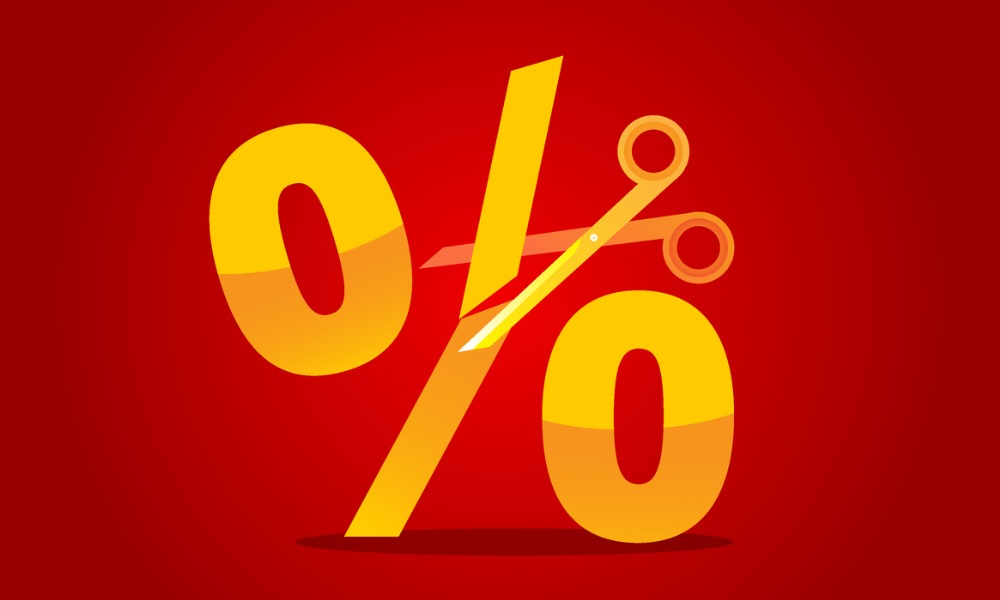Lower housing costs lead to smallest core CPI increase since 2021, boosting hopes for a Fed rate cut

US inflation cooled significantly in June, driven by a slowdown in housing costs, according to BNN Bloomberg.
This development gives US Federal Reserve officials confidence that they can soon cut interest rates.
The core consumer price index (CPI), which excludes food and energy costs, increased by 0.1 percent from May, marking the smallest rise since August 2021, reported the US Bureau of Labor Statistics. The year-over-year core CPI rose by 3.3 percent, the slowest pace in over three years.
Economists consider the core CPI a better indicator of underlying inflation than the overall CPI. The overall CPI decreased by 0.1 percent from the previous month, driven down by cheaper gasoline, marking its first decline since the pandemic began. Year-over-year, it fell by 3 percent.
In addition to slower rental inflation, costs for services such as airfares, hotel stays, and inpatient hospital care also declined. Prices for goods, including new and used vehicles, saw broader decreases.
These figures suggest that inflation is returning to a downward trend after rising earlier this year, while broader economic activity is slowing. Following a report showing three consecutive months of rising unemployment, the data indicates that the Federal Reserve may cut interest rates later this year.
After the CPI report, traders anticipated that the central bank would likely lower borrowing costs in September, leading to a rally in Treasuries. Policymakers are set to meet later this month.
Separate data released Thursday showed that recurring applications for jobless benefits remained near their highest level since late 2021. However, first-time filings fell by 17,000 last week, the largest drop in a year, indicating some optimism in the job market.
Federal Reserve Chair Jerome Powell, in his testimony before lawmakers, did not indicate the timing of potential rate cuts but emphasized that policy decisions would be guided by incoming data.
Shelter prices, the largest category within services, rose by 0.2 percent, the smallest increase since August 2021. Owners’ equivalent rent, a subset of shelter, increased by 0.3 percent, also the smallest rise in three years.
Excluding housing and energy, services prices fell for the second month, according to Bloomberg calculations.
Central bankers consider this metric when assessing the nation’s inflation trajectory, though it is based on the personal consumption expenditures (PCE) price index, which weighs shelter less heavily than the CPI.
The PCE measure, set for release later this month, draws from both the CPI and certain categories within the producer price index, which is due Friday.
Delta Air Lines Inc.’s latest results suggest that some services inflation may cool, as competition in the domestic market drives ticket prices lower. “Excess supply has led to heavy discounting,” said Delta CEO Ed Bastian.
Meanwhile, the sustained decline in goods prices over the past year has provided relief to consumers. Core goods prices, excluding food and energy commodities, fell in June for the fourth consecutive month.
New vehicle prices declined for the sixth month, and several apparel categories dropped as well. Household furnishings costs have fallen nearly every month over the past year.
There are also signs that consumers are becoming more sensitive to higher prices. PepsiCo Inc. reported weaker-than-expected revenue growth due to budget-conscious shoppers. The salty snacks category has been particularly sluggish.
A separate report combining inflation data with wage figures showed that real earnings growth has been positive for the past year.



